With the arrival of the latest generation of Apple phones, Apple stopped packaging the charging adapter and wired EarPods with them. But the good news is that we still get the charging cable. While older iPhones that came with a 5W charging adapter included a Lightning to USB charging cable, with the latest iPhones you get a Lightning to USB-C cable, which is often referred to as a Power Delivery "fast charging" cable. If the bundled cable has expired, or if you have lost it, or if you need an extra one, you can buy a replacement almost anywhere these days. But you need to be able to distinguish an original from a fake.
It could be interest you
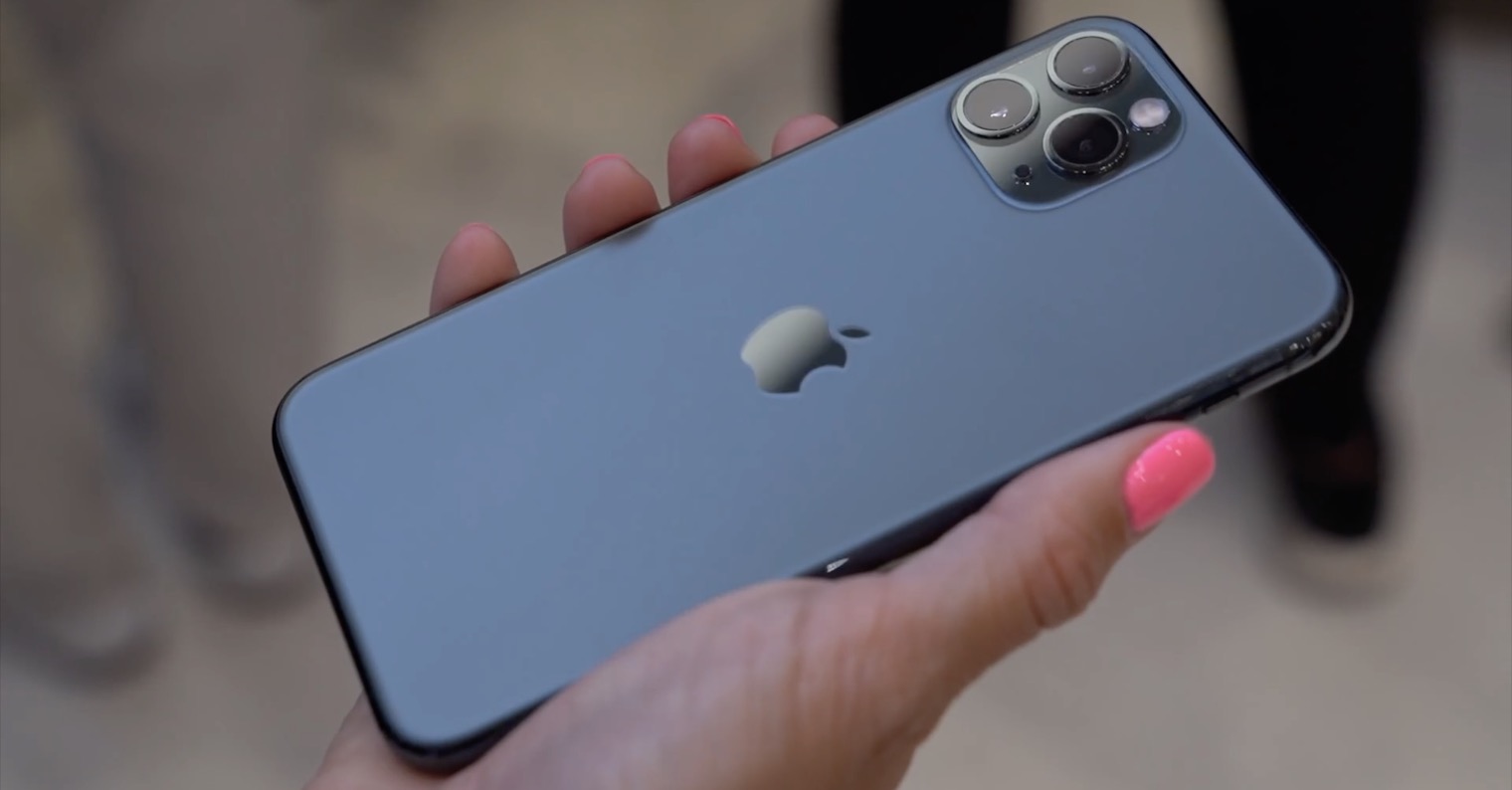
Recently, all fakes (and not only) charging cables for apple phones have become practically indistinguishable from the original ones. The main attraction of imitations is the lower price, which can be a key aspect for many customers to buy. Of course, the lower price must be reflected somewhere on the cable, and in this case the projection can be seen in the quality of the processing. If you would not recognize a fake and buy it, you risk countless different problems. Imitations of original cables do not have MFi (Made For iPhone) certification, so they usually stop working sooner or later. Due to poor quality, you can easily risk a fire or the destruction of your iPhone. You run an even greater risk of failure when using imitation Power Delivery cables that carry more power. So how to distinguish an original cable from Apple from an imitation?

Inscriptions on the cable
Absolutely every original cable has visible text on it that comes directly from the factory. Specifically, you will find it approximately 15 centimeters from the USB cable. In these places you will find inscriptions Designed by Apple in California, and then one of the texts Assembled in china, Assembled in vietnam, or Indostria Brasileira. After this "second part" of the inscription, there is also a serial number, which has 12 characters. The overall text on the cable can be, for example, Designed by Apple in California Assembled in Vietnam 123456789012. On newer cables, this inscription is practically not visible at all and it is necessary to find it carefully.
Lightning connector
In addition to the inscriptions, the imitation of the original cable can be recognized thanks to the Lightning connector. Specifically, the differences can be observed on the gold-plated pins themselves. The original cable has these pins flush with the body of the connector itself and do not protrude in any way, and they are also perfectly accurate and rounded. It can be seen that the processing is really of high quality. The counterfeit cable then often has imprecise and angular pins, in addition, they may protrude higher from the body of the connector. Changes can also be observed in the body size of the Lightning connector, which is always 7,7 x 12 millimeters. Imitations are very often wider and longer. Last but not least, a counterfeit cable can be recognized by the cover insert (the space around the pins that is inserted into the charging connector). The original cable has this metal and gray insert, fakes are often white or black.
USB or USB-C connector
You can also recognize a counterfeit cable on the other side, i.e. in the place where the USB or USB-C connector is located. With the original cable, you can again notice at first glance better processing quality and a certain premium quality. However, if the counterfeit cable is processed well, the differences from the original can only be observed in the details. In the case of a classic USB, pay particular attention to the locks on the casing, which are trapezoidal on the original cable, while on the fake they have right angles. The locks are also precisely clicked on the original cable, they do not cross over each other and are the same distance from the ends. The shell itself is then regular, straight and smooth, without any rough parts or texture. Gold-plated pins can be seen in the square "windows" of the original cable, but they are often only silver-plated in the case of fakes. The original cables do not have any dents or securing lugs on the casing. The last detail can be observed when looking inside the connector - the surface of the insulation on the original cable is uniform and flat, while on the fakes there are various cutouts or protrusions. Unfortunately, you won't find too many differences with the USB-C connector, at most in the overall processing.
Low price
Even before the purchase, you can recognize a fake thanks to the price. The truth is that you simply cannot get an original cable for a fraction of the original price set by Apple. It's the same as with iPhones - if someone offered you a new iPhone 12 Pro for 15 crowns, you would also be surprised, because you know that the price is set at 30 crowns. The same is true for accessories, and if someone offers you an original cable for a few tens of crowns, believe that it is a fake or an imitation of the original cable. Traders are rude not only in the country, and many of them offer "original cables" according to the description, but the quality is definitely not the same as the original ones. Always buy accessories for your iPhone and other devices exclusively from authorized dealers and not anywhere else, so forget about Chinese markets anyway. Of course, it is not always necessary to go for the original when buying a cable. Rather than knowingly buying a fake, you will do better if you buy a verified cable with MFi (Made For iPhone) certification, which is also cheaper than the original. For myself, I can only recommend AlzaPower cables, which have MFi, are of high quality and even braided.



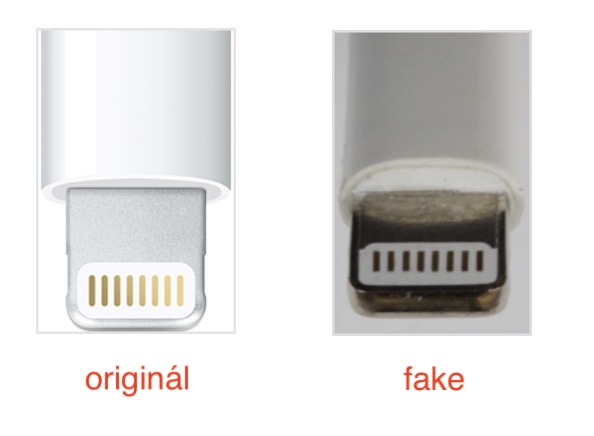
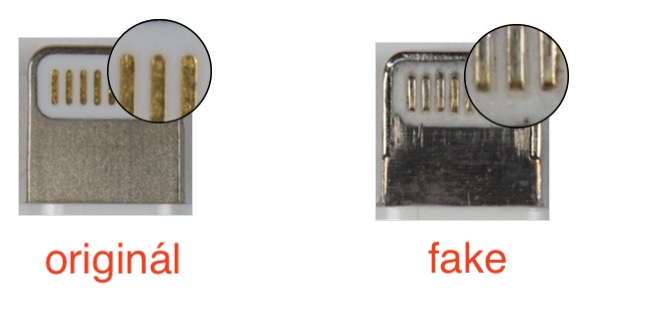

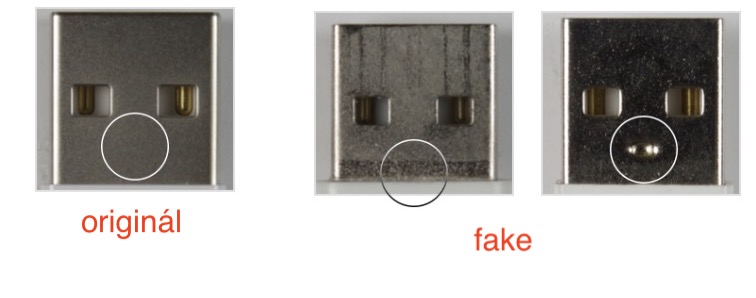
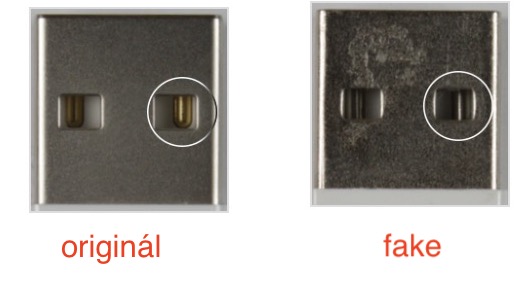
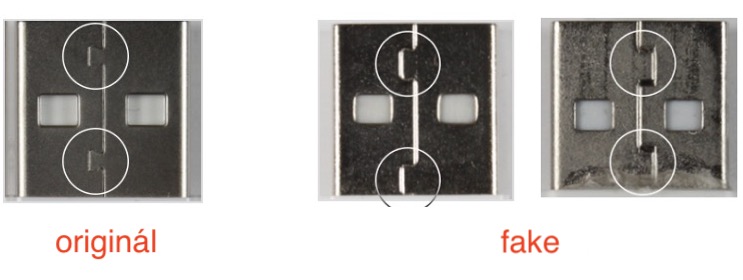
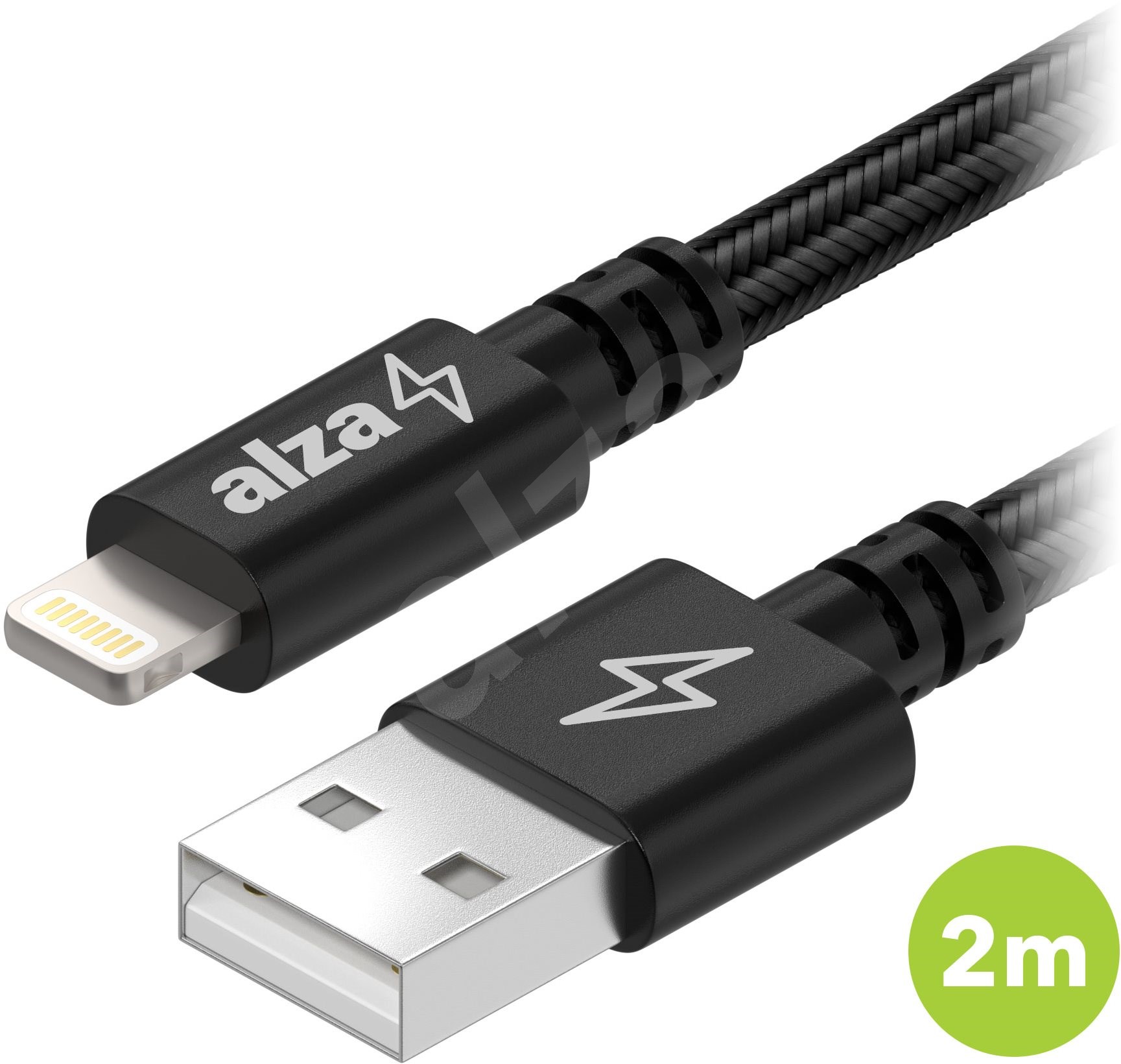
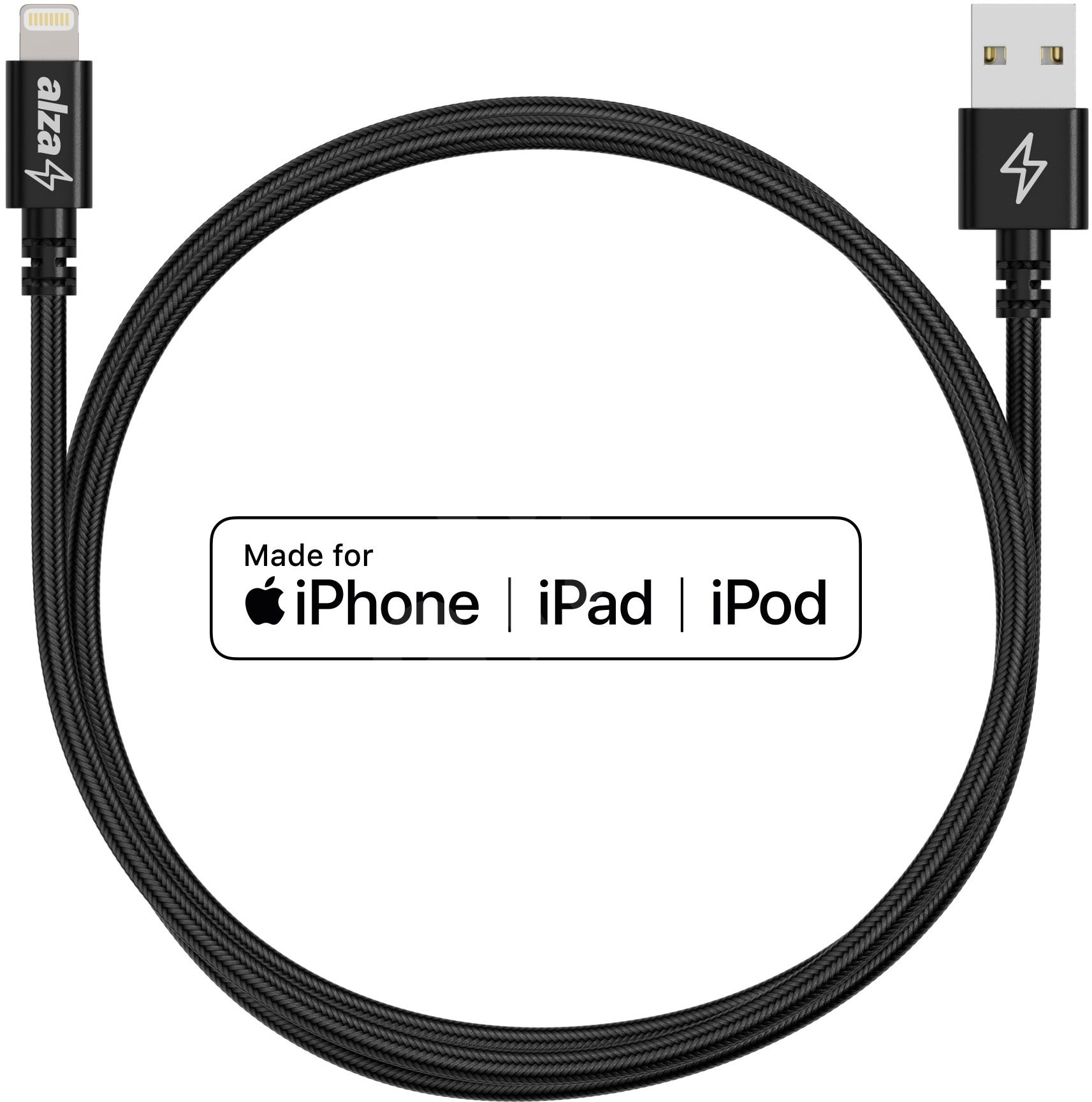

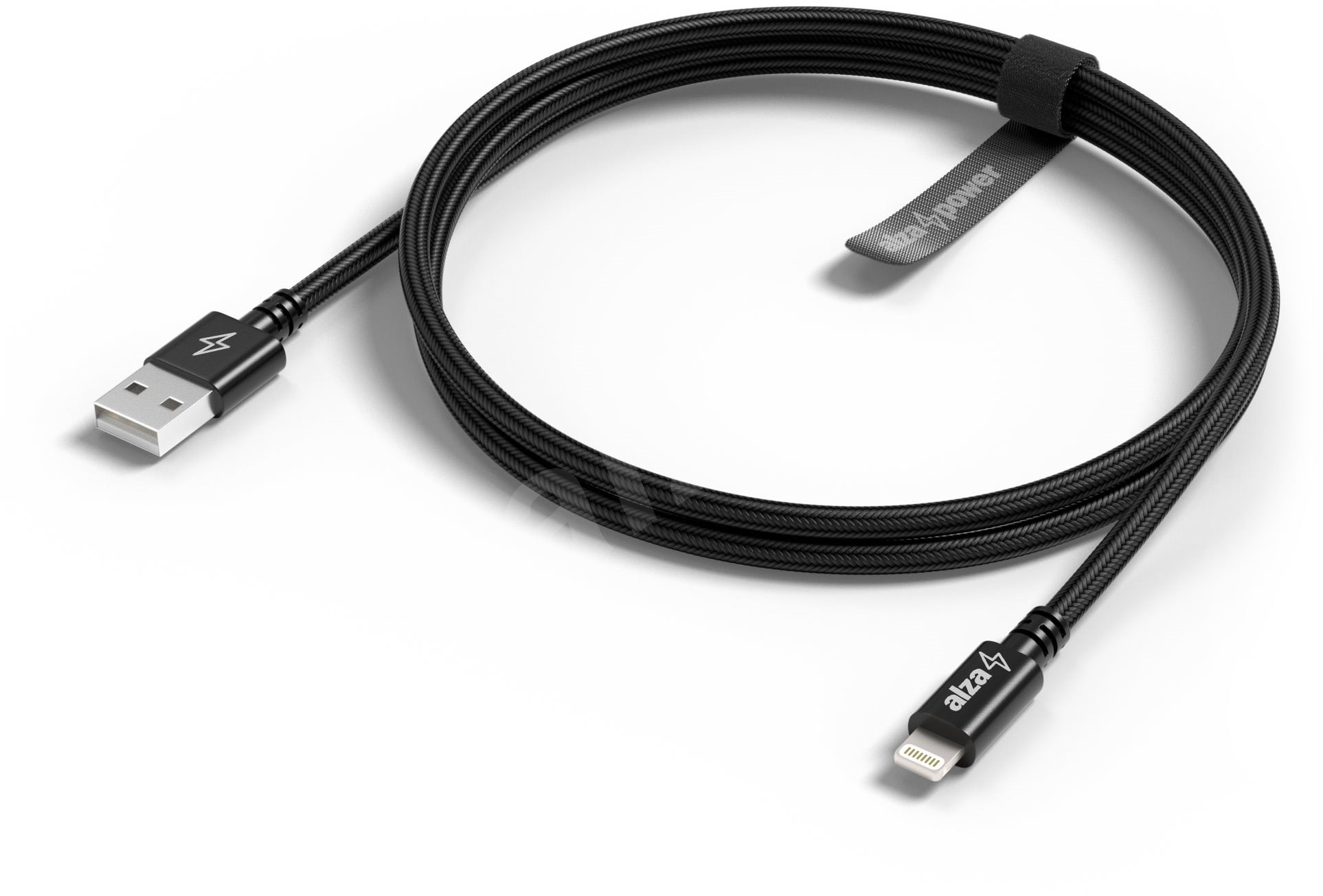
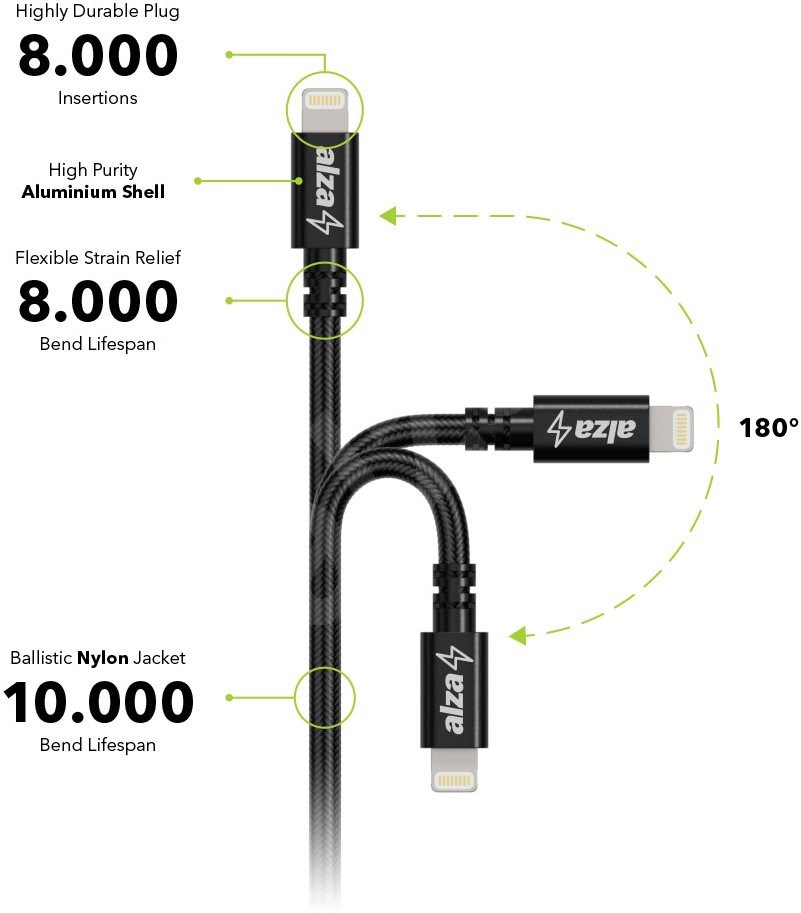


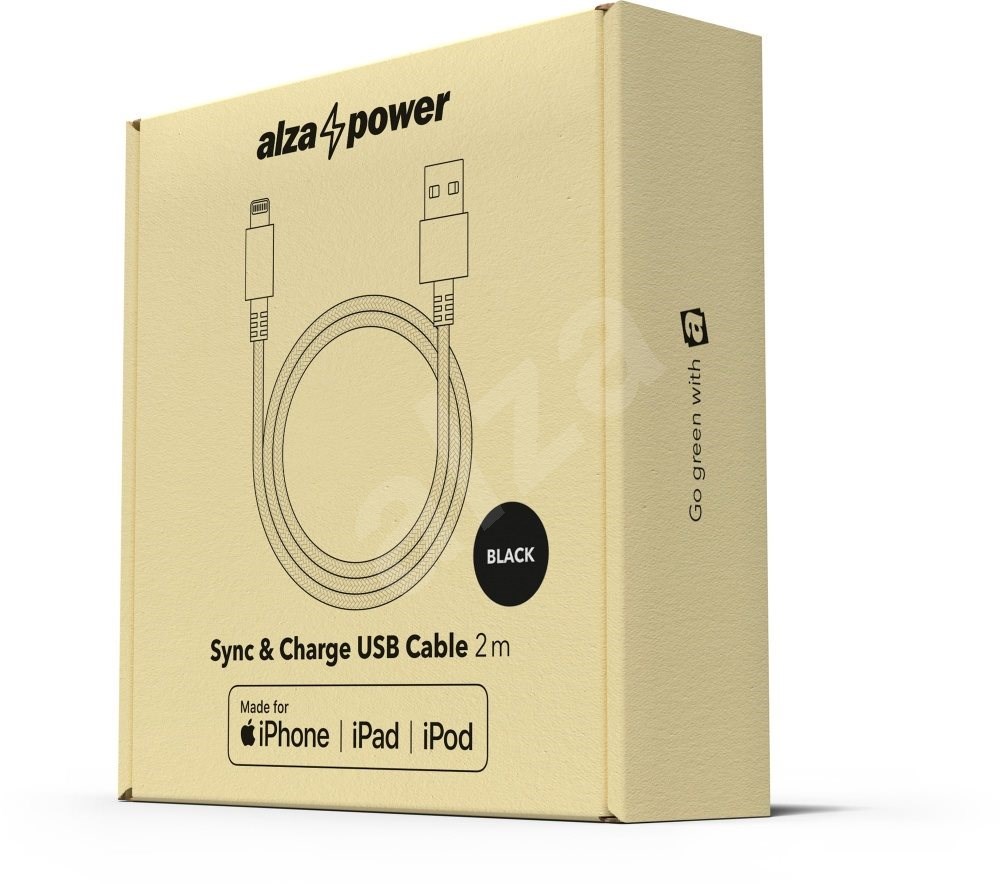
Interesting, I bought an iphone a few years ago, and the original cable went within a month, the non-original one the next year I sold the phone with. So don't buy original cables, real or fake :-)
some non-originals already have that print along the length of the cable
I bought ten coiled cables for the iPhone 1 years ago for 4 usd. He gave away the gun and I haven't unpacked the 2 yet.. Everything still works.. The design cables look like the ones from Alza, only without the Alza inscription... Even if the cable was sent to me in 1/4 the time of the original.. The risk of damaging the phone is still actionable. In addition, drive or even drive we will lose this issue thanks to magsave:D
I regularly buy cables on Aliexpress for 1/4 the price of Alza. ALL the cables I have bought so far still work, even when using a 30w power supply. Obviously also bought on Ali.
This article is just a guide on how to buy overpriced in the Czech Republic!
There are two basic things to keep in mind when choosing Ali!
1, the number of products sold
2, assessment
If the number is higher than 1000 with a rating higher than 4,7, don't worry. This is a quality product.
And if I have to choose between the option of $4,90, free shipping and a waiting period of 3 weeks, or 490 CZK + 50 CZK shipping and a waiting period of two days, I take the first option from China.
There's only one thing to keep in mind when choosing accessories for Apple devices - and it's not even one of the ones on your list. Specifically, it is the MFi (Made For iPhone) certification. If you buy an accessory without MFi, in addition to the early malfunction of the accessory, you also risk, for example, damage to the device or even a fire. If you want to take these risks, keep buying poor quality cables on AliExpress. Personally, I don't understand why someone buys cables for 30 crowns for a phone for 100 thousand Czech crowns. If I already have a phone, should I buy quality accessories, or not? It's like buying a Ferrari and putting protectors on it. I disagree with your comment and find it dangerous and grossly misleading.
The worst cable you can have is original. Any other certified cable will last longer.